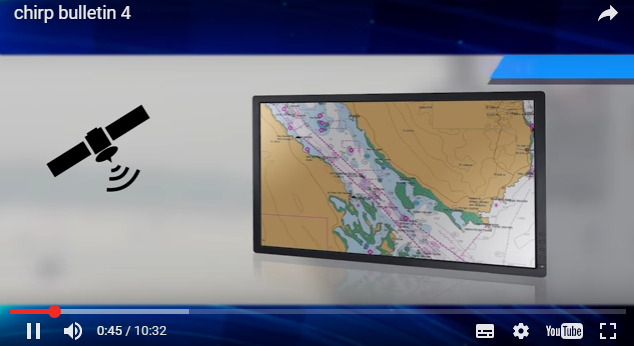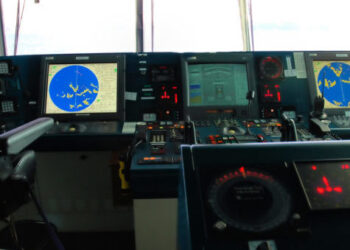The Standard P&I Club has announced that is working with the Confidential Hazardous Incident Reporting Programme (CHIRP) to promote safety at sea and accident prevention. CHIRP publishes case studies and lessons learnt in quarterly bulletin Maritime Feedback. The fourth online bulletin looks at a few hazards which put seafarers in danger, and features Eric Murdoch, Chief Surveyor, offering his advice on how to mitigate incidents.
The incidents
A flash fire broke out on the superstructure of a ship, caused by sparks from welding which fell onto rubbish and took hold rapidly. The fire was eventually put out, but the incident highlighted a few lessons to be learnt by all people undertaking hot work. Recent painting work had not sufficiently dried between layers being painted, meaning flammable elements had not evaporated, there was no fire watch and a high-pressure cleaner was used in failed attempts to put the fire out. This case highlights the dangers that are involved in hot work and Eric urges those responsible for this high-risk activity to be familiar with the work plans, remove combustible material from the work spaces, complete a hot work certificate, have portable firefighting equipment close to hand and have regular firefighting patrols.
A near-miss between a yacht and a merchant ship at night highlights how exposed yachts are to danger if they are unable to contact the merchant ship. In this case, the yacht owner admitted he should have taken action earlier, but despite passive AIS, VHF contact and a light shone on his sail, the merchant ship did not have any knowledge of the yacht until they were 2 cables apart. Yachts are very difficult for merchant ships to spot at night, so high power lighting in line with collision regulations, and active AIS are recommended.
The video below gives guidance for seafarers using ECDIS, following a report by the UKHO that ECDIS issues are on the rise. Non-compliance leads to detention, and threatens the safety of the crew, the ship and the marine environment. There are over 30 ECDIS manufacturers, so seafarers need to be familiar with their own system, and make sure that the system is up to date and corrections have been carried out. Passage planning is key, and the video gives advice on how best to prepare and further reading for seafarers.
Source: Standard P&I Club






























































